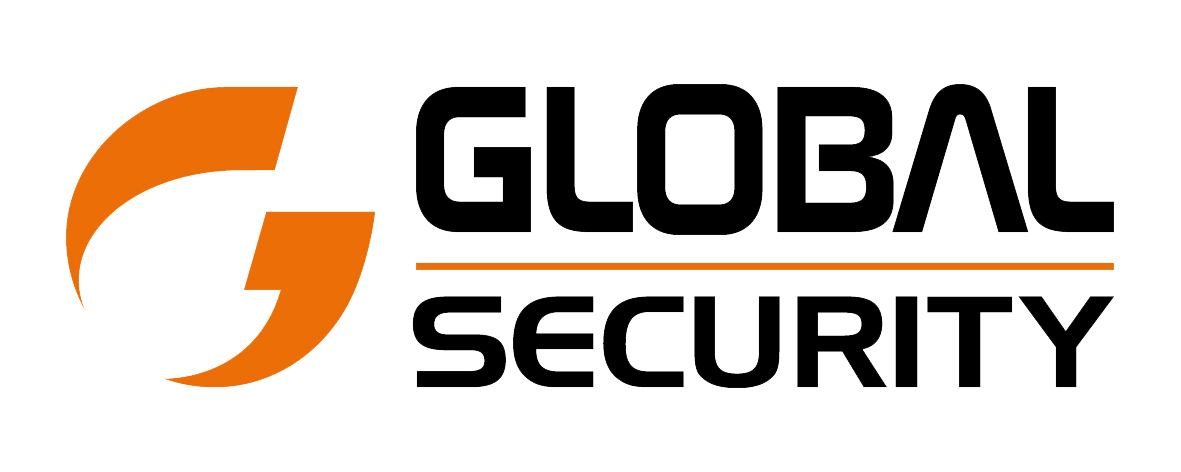Exploring Earthquake Hazards in the Northwest
Understanding Earthquake Risk in the Northwest
The northwestern United States is a region of both scenic beauty and geological complexity, making it susceptible to significant earthquake activity. Understanding the earthquake risk in this area is crucial for residents, city planners, and policymakers alike.
Geological Overview
The Pacific Northwest is situated on the volatile Pacific Ring of Fire, an area known for its high seismic activity. This region is home to the Cascadia Subduction Zone, a major fault line stretching from Northern California to British Columbia. It is capable of producing massive earthquakes, with magnitudes potentially reaching 9.0 or higher. The subduction of the Juan de Fuca Plate beneath the North American Plate is a primary cause of seismic activity in the area.
Historical Context
Historically, the Pacific Northwest has experienced several significant earthquakes. The most notable is the 1700 Cascadia earthquake, which triggered a massive tsunami that reached the shores of Japan. More recent events, such as the 2001 Nisqually earthquake in Washington, have highlighted the ongoing risk and the need for preparedness.
Preparedness and Infrastructure
Communities throughout the Pacific Northwest have taken steps to mitigate earthquake risks. Building codes have been updated to require structures to withstand seismic forces. Retrofitting older buildings is an ongoing project, aiming to enhance their resilience against potential quakes. Emergency management agencies conduct regular drills and provide resources to help individuals and families prepare for seismic events.
Technological Advancements
The advancement of technology plays a crucial role in understanding and preparing for earthquakes. Seismologists use sophisticated monitoring systems to track seismic activity and provide early warnings. ShakeAlert, an earthquake early warning system, is operational in the region, offering critical seconds of warning that can save lives and reduce damage.
Community Involvement and Education
Educating the public about earthquake preparedness is essential. Many organizations host workshops and seminars to teach residents how to create emergency plans and kits. Schools incorporate earthquake drills into their safety protocols, ensuring that students know how to react during an event.
The Importance of Continued Research
Ongoing research is vital for improving earthquake prediction and preparedness. Scientists are continually studying the Cascadia Subduction Zone and other fault lines to better understand the mechanics of earthquakes. Such research helps refine models and improve the accuracy of risk assessments.
In conclusion, understanding the earthquake risk in the Pacific Northwest requires a comprehensive approach involving geological research, infrastructure improvement, community education, and technological innovation. By remaining vigilant and proactive, the region can better prepare for future seismic events, minimizing their impact on both lives and property.

